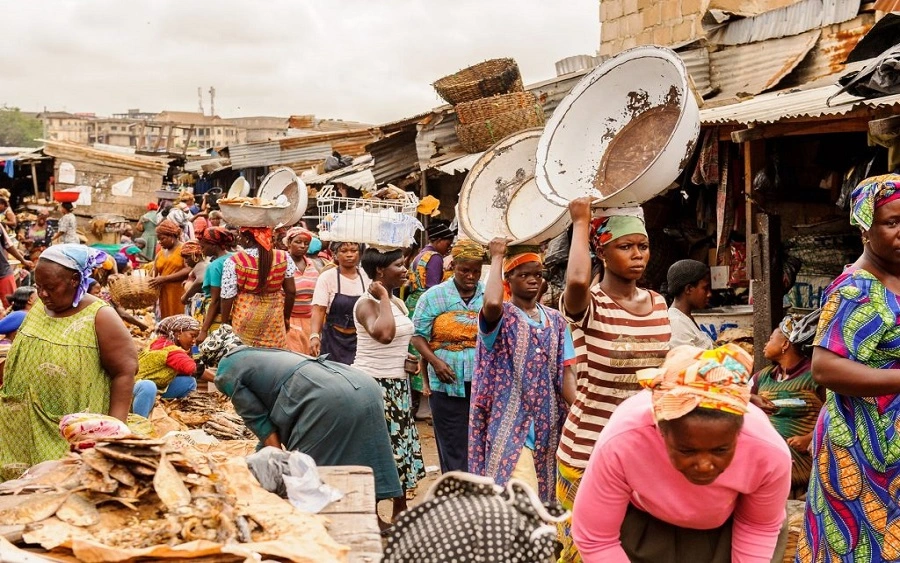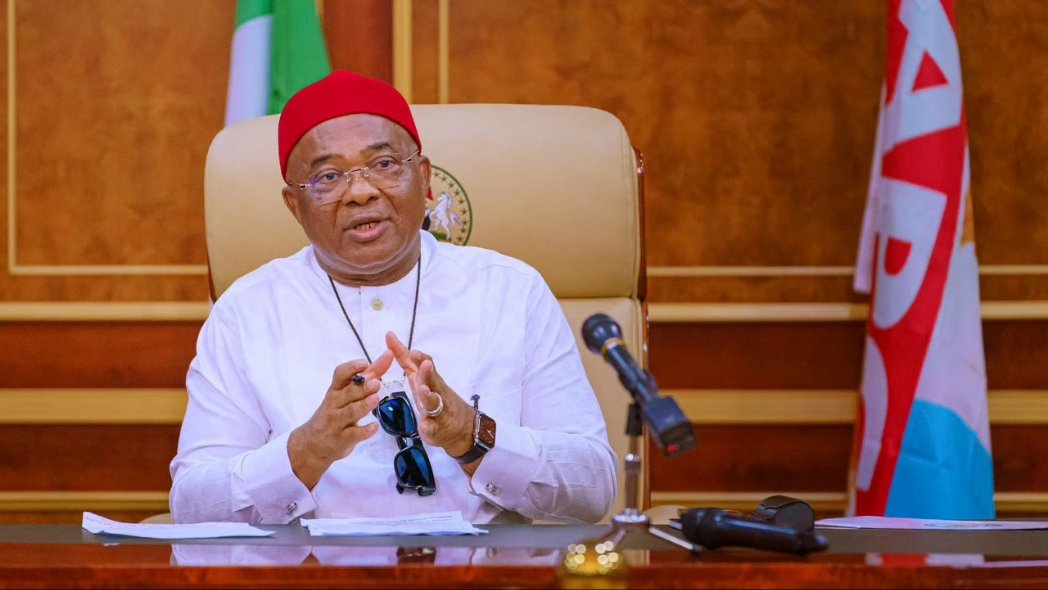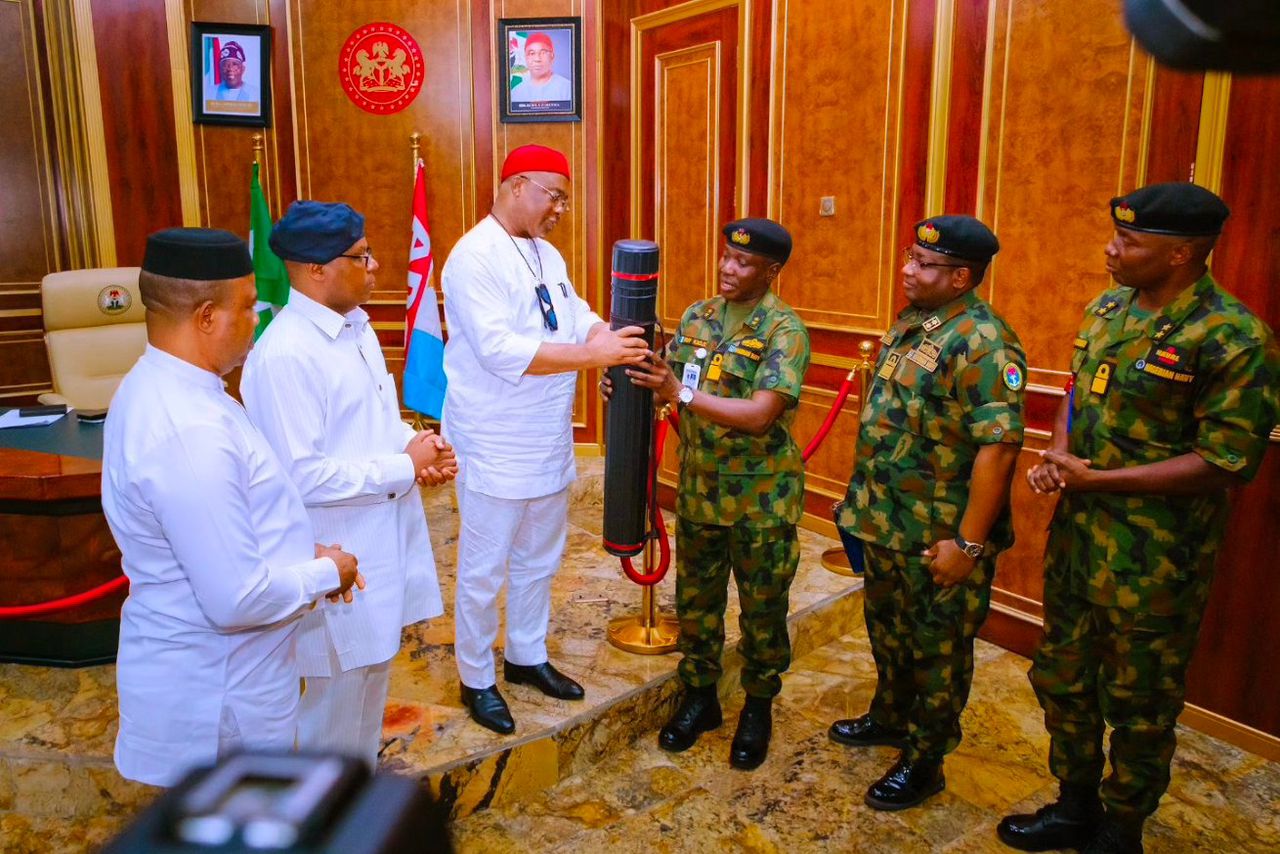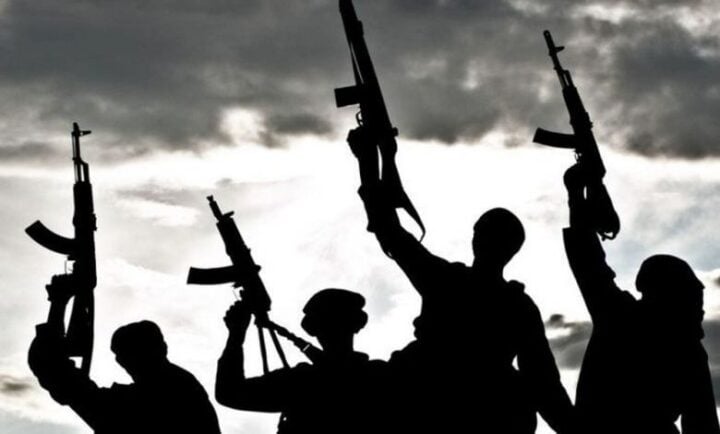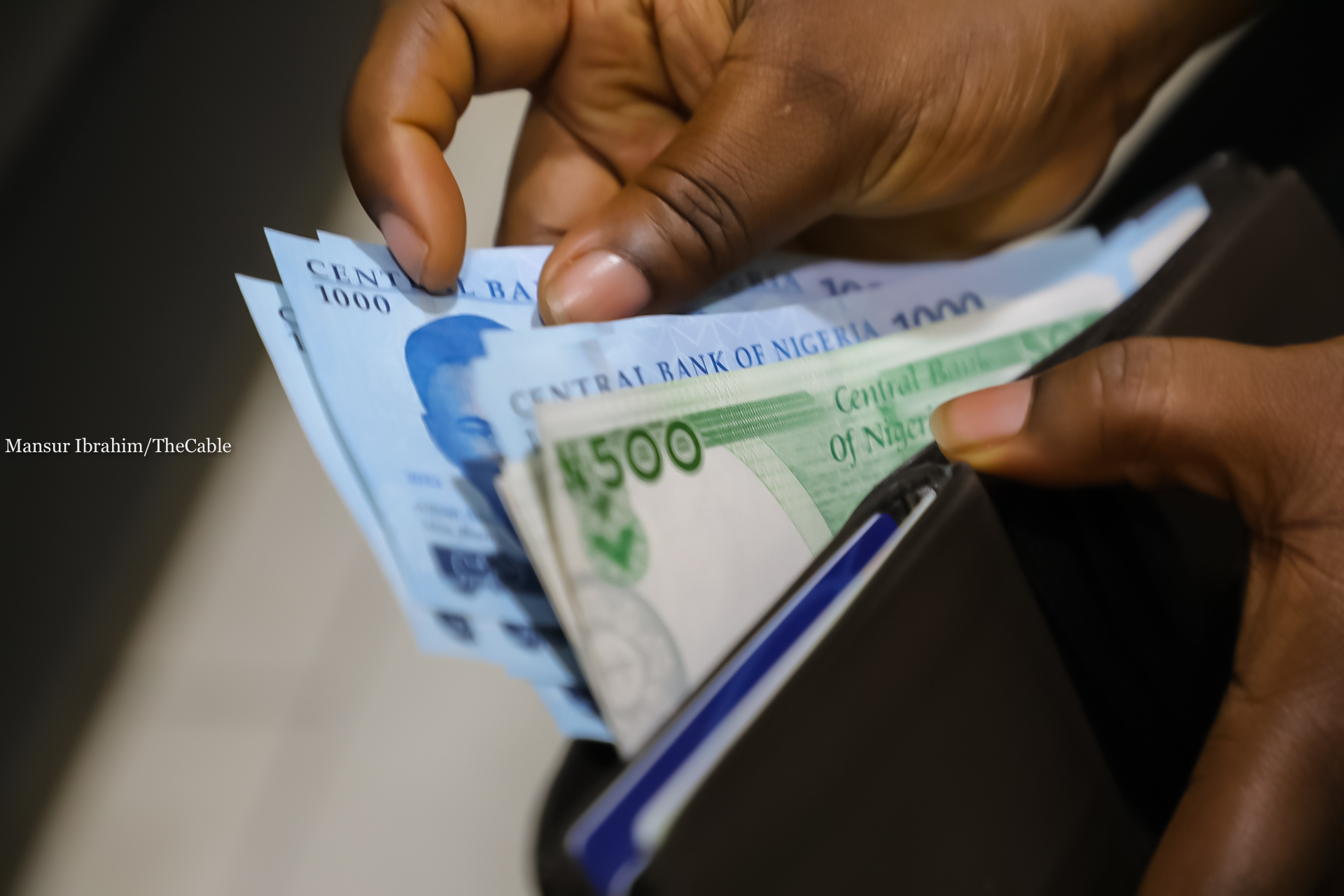BY ABDULLAHI USMAN
Lately, there has been a raging debate on the part of the Nigerian Governors Forum (NGF) centred around the existence and continuing utility of the National Social Register (NSR) of the Poor and Vulnerable Households (PVHHs) in Nigeria; a needless debate that should never have started at all, much less rage on for the period that it did.
Needless debate since the register is something that has been in the works from way back since 2016, when the National Social Safety-Net Coordinating Office (NASSCO) that oversees the NSR was established under the office of the former vice president, before its subsequent transfer to the then-newly created Ministry of Humanitarian Affairs, Disaster Management and Social Development in August 2019.
The NSR itself represents the international best practice for the targeting of the poor and vulnerable of any nation. In addition, being the result of a decidedly deliberate effective collaboration mechanism between the Federal Government of Nigeria (FGN) and 36 states and the FCT (yes, that dreaded “and” prefix to the FCT again!) that commenced with the signing of a memorandum of understanding (MOU) between NASSCO and each of the 36 states plus the FCT, the NSR is an aggregate of the respective state social registers (SSRs) of the 37 entities.
Advertisement
The SSRs, on the other hand, are each generated by the respective state operations coordinating units (SOCU) of NASSCO in all the states of the federation, including the FCT, which are each managed under the respective states’ ministries responsible for planning, and also manned by personnel drawn from the civil service bureaucracy of each state.
It is actually the various SOCU offices domiciled at the subnational level, through their respective state-level personnel, that are deployed to carry out the task of identifying the PVHHs in the targeted communities at the selected local government areas (LGAs), wards and communities that have carefully been identified and ranked. This is done in conjunction with a multi-sectoral team at the LGA level by way of geographical or poverty targeting, using the poverty headcount generated from the National Bureau of Statistics (NBS) national Multidimensional Poverty Index (MPI) survey, and high-resolution poverty maps on satellite imagery.
It is followed by community-driven sensitisation and engagement to establish community lists by way of Community-based targeting and proxy-means testing through focus group discussions, comprising men, women, youths, the elderly, PLWDs, and minority groups for example. Each of these groups is mandated to work separately to first define precisely what poverty means and represents in their own community, and then go ahead to establish a list of PVHHs within that community that meet the defined criteria for being poor and vulnerable.
Advertisement
The next stage is to publicly discuss and develop a harmonised community list of the PVHHs generated by the different focus groups, with a copy left behind with the community for records and reference purposes. Following that, CBT teams comprising state and LGA sectoral teams are then formed and deployed to visit and enumerate each household on the harmonised list. The CBT teams will obtain demographic and socioeconomic data of each household member via digital tablets fitted with a mobile app designed for that purpose, along with other digital identification information, where that is available, which is then stored in an electronic database for cleaning and consolidation.
The final stage involves data cleaning and storage, during which the enumerated harmonised data is reviewed and cleaned up to correct misspelt information and also eliminate possible duplicates. The resulting cleaned-up data is stored in the respective SSR database fully supported and managed by the SOCU of that state, with the data contained therein made freely available for use by the specific state to implement its own dedicated sectoral intervention programmes. The SSR is subsequently transmitted electronically to the central database for consolidation into the NSR.
The reasoning behind FGN’s commendable effort to generate and develop the NSR, therefore, is to commence the all-important process of harmonising and sanitising all humanitarian and social protection interventions across the country. This is by way of having a single national register of the PVHHs nationwide for all operators to be able to use for the purpose of implementing their social intervention programmes and activities nationwide. Its primary intent and design objective is for any entity or organisation desirous of providing any form of humanitarian assistance or social intervention in any of the communities on the register to mine their targeted beneficiary data from the NSR. They would then proceed to visit the specific area of the community to verify and satisfy themselves about the existence of the households and individuals on the mined data, ahead of the eventual delivery of their humanitarian assistance or social intervention to their targeted population.
As a consultant to the International Labour Organisation on the ILO/NASSCO ECDEVCO Project on ‘Strengthening and Expanding the NSR as a Shock – Responsive Social Protection System in Nigeria’ a couple of years ago, I had the privilege of joining two high-profile meetings back then; one, a strictly online meeting involving high ranking federal government officials, and the other, a mix of physical and online meeting with top officials from the 36 states and the FCT who joined in from their respective locations. The meetings were called to discuss several issues that also included social intervention programmes, amongst others, and it was clear from the contributions by several participants at the two meetings that a lot more needed to be done in order to sensitise and clear a number of misconceptions around the NSR itself at the time.
Advertisement
In line with that, a ministerial dialogue on socialising the NSR was organised by NASSCO at the Transcorp Hilton, Abuja on Tuesday, February 16, 2021. The event was designed to kick-start the planned national and zonal stakeholder consultation process in support of socialising and creating demand for the adoption and use of the register for social development initiatives across all levels of government.
The dialogue had several ministers and heads of relevant government agencies, international and local NGOs, and development partners in attendance, with many others joining remotely. It also provided a veritable platform to formally present the NSR database for the MDAs to mine for the purpose of implementing their interventions targeted at the poor and vulnerable across the country. In addition, the NSR also provides a framework for the engagement and consolidation of the efforts of all donors, implementation partners, and NGOs operating across the entire spectrum of the humanitarian and social intervention space nationwide.
It is a great testimony to the enduring impact of that dialogue, along with the continuing efforts by NASSCO to generate and sustain the required demand since then, that a total of well over 50 social assistance interventions are currently mining and delivering their respective programmes nationwide through the NSR, with the numbers set to continue to grow. This is in addition to the National Cash Transfer Office (NCTO), which serves as the primary vehicle for dispensing the Conditional Cash Transfer (CCT) intervention to some 2 million beneficiaries across the country, under the World Bank-funded National Social Safety-Nets Project (NASSP) of the FGN.
So, for any or all of the 36 state governors to feign ignorance of the existence of the NSR or question its credibility now, it is equivalent to them denying the existence of their respective SSRs in many respects, which are all under the direct supervision of their planning ministries and state level civil servants whose credibility they are likewise questioning by extension. It is even more perplexing if such a denial is coming from a second-term governor like the three of them who formally conveyed the NGF’s wholesale rejection of the NSR on the excuse of credibility issues around it, following the conclusion of the National Economic Council (NEC) meeting of Thursday, July 20, 2023. It was at that meeting that the planned disbursement of the sum of N5 billion per state was arrived at, to facilitate the purchase and distribution of palliatives to help cushion the debilitating fallouts of the twin policies around fuel subsidy removal and exchange rates unification on the citizens in their respective states.
Advertisement
The general belief at the time was that the NGF’s surprising stance against the NSR might have been predicated on their legitimate desire to be directly in control of the distribution of the palliatives to the beneficiaries in their respective states. That being the case, they could still have realised their objective of accessing those funds directly, without necessarily having to discredit a document that is not only the first ever in the history of the targeted delivery of social intervention in Nigeria but also stands out as the best and most comprehensive of its kind anywhere on the continent.
Another important element to consider is the fact that the political affiliation of the individual household members is not a factor in the generation of the NSR database. And since poverty is an equal opportunity life circumstance that does not discriminate amongst members of different political parties in any way, the NSR could easily have provided a perfect platform to distribute the palliatives in a nondiscriminatory fashion across all states, especially in those communities that have already been captured on the database. This is in addition to also providing an opportunity to fashion out a unified and standardised means of delivering the palliatives across all parts of the country.
Advertisement
With the release of the funds to the respective states, however, that opportunity was lost, and I recall jokingly telling a couple of friends that we may likely end up witnessing 36 plus one different ways of distribution of the palliatives, depending on the model and approach adopted by each state. The distribution models might not have hit 37 just yet, but we sure have seen all manner of approaches in use out there, along with the numerous issues associated with each of them, even as a number of states have still not commenced the distribution of their own palliatives as we speak. Coming back to the sharing formula adopted at the NEC meeting, it can also be argued that the NEC should have adopted the equity model in the allocation of the palliatives, as opposed to the equality model that delivered the same ratio of N5 billion and 5 trucks of rice for each state, regardless of their population and poverty indices realities.
The conditions that gave rise to the decision to give out the palliatives in the first instance have no doubt affected all parts of the country in almost equal measure, but the impact will conceivably not have been proportionally the same across the board, with some states evidently feeling it far more than others. This is purely on account of certain baseline factors and considerations, and nothing else. These factors include the population of the state and its corresponding ranking on the NBS MPI table, amongst others. Therefore, even without necessarily naming any state, the population of the poor and vulnerable persons alone in certain states will expectedly be far more than the entire population of some other ones, before and after the introduction of the twin policies that informed the distribution of the said palliatives, for example.
Advertisement
As such, a more scientific approach in the form of a sharing formula that factors and assigns specified weighted percentages of the larger pool to be shared amongst all states, on the basis of such parameters as equal distribution, population of the state, its ranking on the MPI survey, the number of its local governments, and other similar considerations along those lines would have delivered a far more equitable and just outcome for all. It is, therefore, quite surprising that every state seemed very happy and content with the arrangement, such that not a single one of them was reported to have raised any issues around the splitting of the amount into 36 or 37 equal parts.
In conclusion, the NSR is a living document that is still in the works and is, therefore, set to continue to be strengthened with time. The design is also such that, as the country continues to record successes in its stated objective of lifting people out of poverty, those households and individuals in them that have been so lifted will gradually be expunged from the register at specified intervals, implying that the NSR will also be expected to also shrink at some point in the future. From the latest figures at my disposal as of July 31, 2023, the NSR had reached 764 local governments, 8,000 plus electoral wards, and 177,421 communities in all 36 states and the FCT. The NSR also covered a total of 15,730,004 poor and vulnerable households, comprising 62,819,214 individuals as of the same date. This is in addition to another 2.7 million validated individuals and 1.12 million more on two other NSR subsets; the Rapid Response Register (RRR) and the Unified Register of Beneficiaries (URB), as of March 31, 2022 and April 25, 2023, respectively, based on the latest available figures.
Advertisement
None of the 36 states and/or the FCT has anything remotely close to that in terms of either depth or scope, outside of their respective SSRs which, again, represent the subunits and necessary building blocks of the NSR, in pretty much the same manner the national database of the INEC register of voters is compiled. The NGF, through its 36 members, might thus do well to embrace and make effective use of the NSR for the purpose of delivering their own interventions to their respective PVHHs, as opposed to seeking to needlessly discredit and jettison it in the manner they just recently tried to do.
Usman is a public affairs analyst. He can be reached via [email protected].
Views expressed by contributors are strictly personal and not of TheCable.
